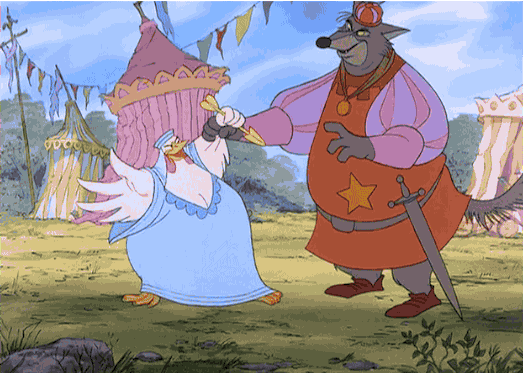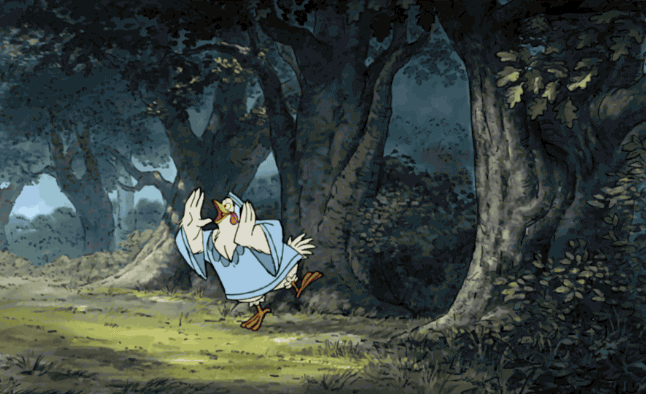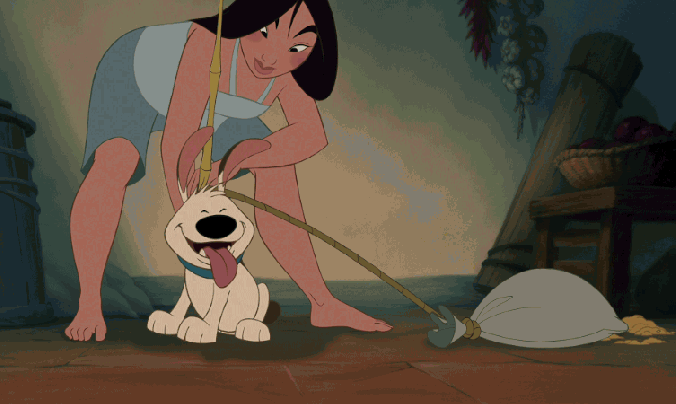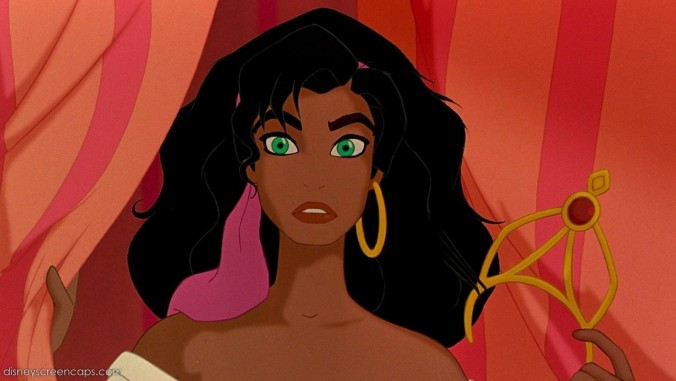Whilst on holiday, I managed to get through three books out of the stack of four that I took with me and, as you can probably imagine, I took great pleasure in spending the majority of my day reading. I was helped along by the books themselves, and what started off as me playing catch up with the most popular contemporary literature from the past few years became an interesting immersion in literary bingeing. Thanks to a combination of formal and linguistic trickery, the novels I read signalled to me that binge-culture has made one giant leap from television to literature. Of course, there have been many page-turners that people have read at record speeds, with many others being described as un-put-downable, I’m thinking Gone Girl, The Da Vinci Code, every murder mystery or thriller ever published. But, there is something to be said for the novels currently trending that have a swept-away-in-one-sitting quality to them that is immensely enjoyable, but also indicates that we are, perhaps, as bad as ever at taking our time to enjoy our media and entertainment, allowing the experience of enjoying them to mature and mellow over the course of days or weeks. This is not a criticism per se, but something I became quite aware of.
Here are my reviews of the novels I managed to read, and I would love to hear your thoughts!
Normal People – Sally Rooney

I enjoyed reading this novel more than I actually enjoyed the novel itself. The lack of speech marks is one of the most discussed and obviously experimental aspects of the novel and there are a number of reasons why I think Rooney opted for removing formal punctuation. Primarily, its absence helped to propel the pace along as quickly as possible. Speech, internal dialogue and description in the novel melt into one another seamlessly, and before I knew it I was flying through the novel at electric speed. The subtle mingling among and between Connell and Marianne’s internal and external worlds is compelling, and perhaps goes some way to perform the confusion and fluidity of their romantic entanglements. These were powerful, to an extent: Connell’s struggles with social status, class and privilege combined with Marianne’s abusive family trauma form a murky, disorientating bedrock to their sexual and emotional relationship. Yet, whilst they were immersive, these entanglements began to wear thin for me. Of course, culturally and artistically we are rarely given an insight into healthy, responsible relationships to aspire to, but Connell and Marianne’s story really did begin to feel like a rather prolonged game of kiss chase that could have been resolved with some honesty and proper communication. Whilst I enjoyed the fast pace, the story became increasingly frustrating.
The novel has been revered as a refreshing insight into modern relationships, yet all I saw was prolonged adolescence. The question that arose during my reading of it was: why don’t people talk to one another honestly about what they want, need and expect from a relationship? Of course, many people do not have the answers to these questions themselves, which is why the romantic landscape has always been a mass of tension, confusion and a channel for our own neuroses, precisely because the terrain is so horrifyingly vulnerable. I think I would like to see stories where people grapple more with the deeper core fears that relationships can elicit than indulge in surface-level dabbling. This is because for Connell and Marianne, like with everyone else, there is ample emotional material to explore. For example, it is heavily suggested that Marianne has an eating disorder, but there seemed to be no exploration of this, and I think with such a big, important and truly devastating area of mental health, vague allusions are irresponsible. Normal People is absolutely compelling formally, but the story and characters lacked the maturity and deep excavations of relationship politics that I may have come to the novel expecting.
Daisy Jones and The Six – Taylor Jenkins Reid

Just as Sally Rooney fiddled with formal punctuation to create a sweeping, pacey narrative for Normal People, Taylor Jenkins Reid did away with conventional prose altogether to construct the mock-oral history that is Daisy Jones and The Six. The language is presented like a play or a screenplay, rapidly interchanging between characters, their opinions and their contrasting perceptions of how past events unfolded. This, as with Normal People, makes for an extremely fast-paced and romping read, and I scoured my way through the drug-filled emotional and musical rollercoaster that is the rise and collapse of fictional rock band ‘Daisy Jones and the Six’. It does not surprise me at all that Reese Witherspoon picked this up for production so quickly: the screenplay layout of the novel lends itself to a visual medium so well, and the construction of authenticity and, almost, reality of this fictional band is begging for actors and musicians to literally flesh the whole thing out. Additionally, the novel harks back to the seventies and the loves, losses, betrayals and creative headiness of the Fleetwood Mac era; a band history integral to the fictional machinations and dalliances that we see unfold in the novel. It manages to effectively combine warm nostalgia, with, and rightly so, a thorough dissection of emotional pain, addictions and toxic relationships, and I think it is on the whole successful.
The novel follows Daisy Jones, the child of rich, famous and self-absorbed parents who do not seem to care about their only daughter. She seeks refuge in narcotics, drinking and a rock and roll groupie lifestyle on the Sunset Strip at the age of fourteen. Billy Dunne and his brother Graham hail from small town Pennsylvania; their father leaves them early on in their childhoods, and as teenagers, they found a band that goes on to be called ‘The Six’. Billy develops addictions to alcohol, drugs and sex with groupies, whilst his loyal, passionate and amazing wife Camila waits at home for him. In fact, Camila, for me, was the best character in the novel. Whilst Daisy is super beautiful, glamorous and an emotionally tortured Bambi, Karen Karen is a veritable badass, Graham is a sweetheart and Billy is an endearing and somewhat extremely self-righteous mess, Camila is an unwavering beacon of solidity and support whilst the people around her flail and crash about, high on concoctions of drugs, fame, creativity and self-hatred.
Whilst there are many excellent pearls of wisdom and sassy quips in the novel, exploding bullshit around sexism, music, friendship and love, one of her quotes stands out to me the most: ‘I think you have to have faith in people before they earn it. Otherwise it’s not faith, right?’ She supports and believes wholeheartedly in the best versions of her loved ones when they’re at their absolute worst, even when that has meant she has suffered as a consequence of their actions. There are so many times when she could have chucked in the towel with her relationship with Billy, and some would argue that perhaps she should have. Camila, however, doesn’t tolerate terrible behaviour and she definitely does not stay in a relationship where red flags abound: she sets boundaries, expectations and trusts in her husband’s best self and ultimately propels him on his road to recovery. Sure, her story isn’t a romanticised and drug-addled one, which I think, despite a lot of its efforts, the novel still constructs for the enigma that is Daisy Jones, Camila is strong, knows herself and is the responsible adult we should strive to be. It is for this reason that the ending of the novel is incredibly bittersweet and I would love to discuss it here and with people at some point. Send me your thoughts please!
Circe – Madeline Miller

This was hands-down my favourite out of the three books I read (and the only one I thought to take a holiday snap of!). It was heart-wrenching, magical, modern and yet felt beautifully and brilliantly in-keeping with the ancient framework from which it hailed. The story, whilst a reimagining, felt bedded in Homer’s mythology: all the key ancient rituals and practices were present, for example xenia, or guest-friendship, which is illustrated so beautifully in the novel as a dance of wits, manners, generosity and covert motive-seeking between host and visitor. It enlivened what the original treats as a societal staple, illuminating it with nuance and tension. We also got a crash course in the wars of the Titans, various mythological characters like Daedalus, Medea, Jason and Ariadne, alongside the predictable and anticipated arrival of Odysseus, and the very unpredictable arrival of Penelope and Telemachus (I loved this!). The novel was able to powerfully break apart some of the simplistic tropes that the character of Circe has carried with her for thousands of years. No longer does she carry the motiveless malignity of the original: the scheming nasty witch woman who seduces Odysseus and turns all of his men into pigs. She is sensitive, attuned to the natural world, desperate for approval she never gets, uses violent magic in self-defence, but isn’t immune to the fear and anger-based trappings of ego. Ultimately she becomes the source of her own very particular, self-cultivated power, and it is immensely joyful to read.
I did disagree, however, that Miller presented Circe as some two dimensional empowered ‘superwoman’, as reviewed by The Times.[1] This is a novel where the central protagonist constantly aches: she aches for belonging, she aches from the sweetness and loss of love, whether that’s with a partner, siblings or children, and she aches from the bullying and torture at the hands of her horrible family and the all-powerful, oftentimes selfish, meddling gods. This does not mean to say she is weak, but she is certainly not presented as some all-powerful, sassy superwoman. What strength Circe has is developed from her ability to endure, and what a whole host of trials she is forced to deal with. Whether it’s being confined to an island, acting as a midwife at the birthing of the Minotaur, living under the wrath of Athena, being manipulated by Hermes or being raped by sailors, this woman is put through the absolute wringer. She emerges all the more patient and trusting in herself and her capability of putting up with bullshit, but, again, not a superwoman, whatever that even means.
What I loved about this novel was that Miller actively redistributes the motiveless malignity accusation with which Circe has been cast around the hosts of horrors that is the supporting cast of gods, demigods and men, who act with violence, without fear of repercussion, because they can. She is repeatedly trapped and confined by the whims and desires of others and, of course, fate itself. Over the course of the novel, she learns that in spite of having magic, she is powerless to resist the power of the gods, the desires of the human heart, and the unrelenting changeability that characterises life, whether it’s defined by mortality or immortality. 300 years pass over the course of Circe’s story, making it perhaps one of the most comprehensive coming-of-age stories I have ever read, because it spans enough to time to develop that most important hallmarks of maturity: perspective. Maybe that’s why so many of us never get there.
I really could not have enjoyed this novel more and I am racing to get a copy of Miller’s early novel ‘The Song of Achilles’, which tracks the relationship between Achilles and his lover, Patroclus.
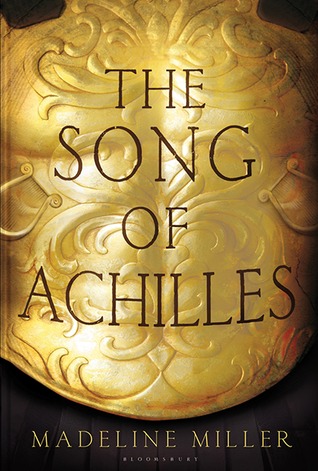
[1] ‘Circe by Madeline Miller – back as superwoman’, Siobhan Murphy https://www.thetimes.co.uk/article/review-circe-by-madeline-miller-back-as-superwoman-37kctxgss [accessed 10th July 2019].











